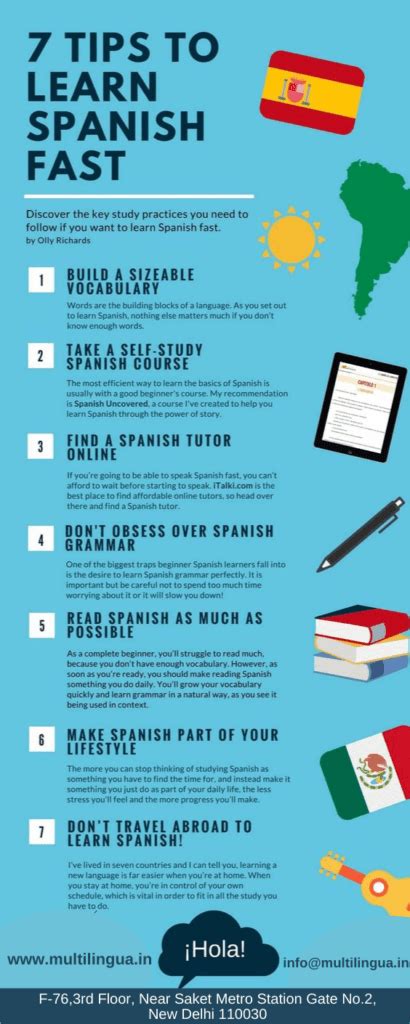Spanish, a Romance language spoken in 20 countries, is one of the most popular second languages to learn. The Foreign Service Institute (FSI) has categorized Spanish as a Category I language, meaning it takes approximately 23-24 weeks of consistent study to achieve proficiency.

Factors Influencing Learning Difficulty
The difficulty of learning Spanish depends on several factors, including:
Native Language: Native speakers of English or other Romance languages, such as Portuguese, Italian, and French, may find Spanish easier to learn due to shared vocabulary and grammar structures.
Motivation: Your motivation and commitment to learning play a significant role in your success. Consistent practice and a strong desire to master the language can accelerate the learning process.
Time and Resources: The amount of time and resources you invest in studying Spanish also impact your progress. Regular lessons with a tutor or language course can provide structure and support.
Learning Style: Different learning styles influence the way you acquire new information. Some may prefer visual aids, while others learn best through auditory or interactive methods.
Proficiency Levels and Timeframes
According to the American Council on the Teaching of Foreign Languages (ACTFL), there are five proficiency levels for second languages:
- Novice Low: Can understand and speak basic phrases for simple interactions.
- Novice Mid: Can communicate with basic vocabulary and grammar, but may struggle with comprehension in complex situations.
- Novice High: Can engage in simple conversations on familiar topics, but may have limited fluency.
- Intermediate Low: Can participate in conversations on a variety of topics, but may make errors in grammar and vocabulary.
- Intermediate Mid: Can understand and express complex ideas, but may still have difficulty with idiomatic expressions and cultural references.
The estimated timeframes to achieve each proficiency level, according to FSI, are:
| Proficiency Level | Timeframe |
|---|---|
| Novice Low | 8-12 weeks |
| Novice Mid | 18-24 weeks |
| Novice High | 44-56 weeks |
| Intermediate Low | 66-88 weeks |
| Intermediate Mid | 100-124 weeks |
Challenges and Benefits
Challenges:
- Pronunciation: Spanish has some unique sounds, such as the “ñ” and the rolled “r,” which can be challenging for native English speakers.
- Subjunctive Mood: Spanish has a subjunctive mood, which indicates hypothetical or uncertain actions, which can be complex to understand and use correctly.
- Cultural Context: Understanding Spanish requires familiarity with Spanish-speaking cultures and customs, which can influence language usage and comprehension.
Benefits:
- Widely Spoken: Spanish is widely spoken around the world, making it a valuable language for travel and communication.
- Career Opportunities: Speaking Spanish can enhance your career prospects in fields such as healthcare, business, and education.
- Cultural Appreciation: Learning Spanish allows you to connect with Spanish-speaking cultures, appreciating their art, music, literature, and traditions.
- Start with the Basics: Master basic vocabulary, grammar, and pronunciation before moving on to more complex topics.
- Immerse Yourself: Surround yourself with Spanish by listening to music, watching movies, and reading books in Spanish.
- Practice Regularly: Consistency is key. Dedicate time each day to study and practice Spanish.
- Seek Feedback: Get feedback from native speakers or language teachers to improve your pronunciation and grammar.
- Stay Motivated: Set achievable goals and reward yourself for progress along the way.
In conclusion, the difficulty of learning Spanish depends on a variety of factors. However, with dedication and a structured approach, you can overcome the challenges and achieve proficiency. Embrace the learning journey and enjoy the benefits of speaking Spanish.
